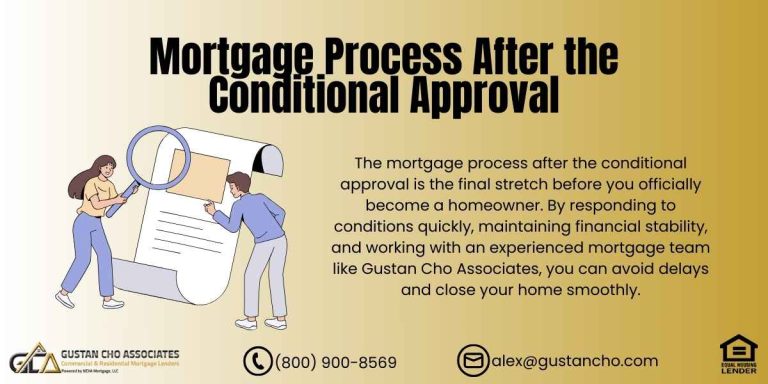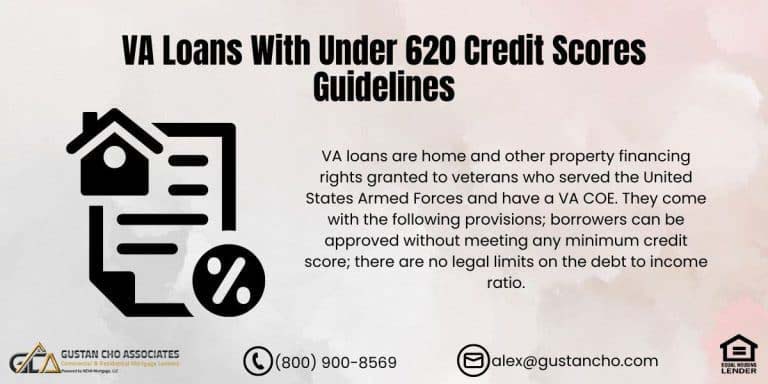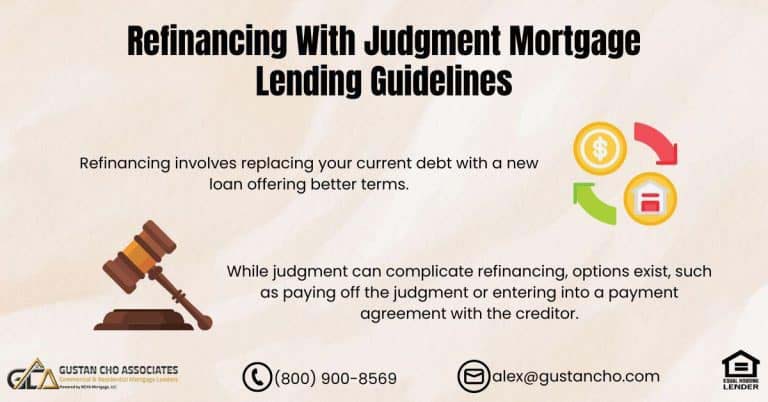This guide covers buying home with no private mortgage insurance with 80-10-10 mortgage loans. Any conventional mortgage loan with less than 20% down payment, or equity in the home, requires mandatory private mortgage insurance.
Homebuyers who have at least a 10% down payment towards a home purchase and want to eliminate paying for private mortgage insurance, also known as PMI, cannot do so by buying home with no PMI with 80-10-10 mortgage loans.
I have the perfect solution for homebuyers using buying home with no PMI with 80-10-10 mortgage loans. It is called 80-10-10 mortgage loans. You can have a first mortgage with a conventional loan and a second mortgage with a lender of second mortgages. Lenders who originate and fund second mortgages are banks, credit unions, and portfolio wholesale lenders. This article will discuss buying home with no PMI with 80-10-10 mortgage loans.
The Mechanics 80-10-10 Mortgage Loans
Home Buyers who have at least a 10% down payment and want to avoid paying a monthly private mortgage insurance premium can get a first mortgage of 80% Loan to Value, LTV, and a second mortgage loan or a Home Equity Line of Credit, also known as HELOC, of 10%. Hence, the total CLTV is 90% loan to value, LTV. These mortgage loan programs are also known as 80/10/10. The first mortgage loan is 80%, the second mortgage loan or HELOC is 10%, and the down payment towards a new home purchase is 10%
Advantages Of 80-10-10 Mortgage Loans
As discussed earlier, private mortgage insurance is mandatory on all conventional mortgage loans with less than a 20% down payment on conventional loans. Fannie Mae mandates minimum conventional mortgage down payment requirements at 5% down payment with private mortgage insurance.
First time home buyers with higher credit scores can qualify for 3% down payment home purchase conventional loans. Fannie Mae and/or Freddie Mac defines a first-time homebuyer as a buyer who had no ownership in a home in the past 3 years.
Private mortgage insurance is similar to FHA mortgage insurance premiums. Homebuyers who have 10% down payment will still be required to pay private mortgage insurance since it is less than 20% down payment. With entering into 80-10-10 mortgage loans, buyers will not have to pay private mortgage insurance due to the fact that first mortgage is at an 80% Loan to Value, LTV. Mortgage Borrowers will need permission from the first mortgage lender; this might not be allowed in some cases.
Mortgage Loan Limits
Government and Conventional loans have loan limits. If homebuyers want to purchase a higher-priced home that exceeds the maximum loan limits in the county, the property is located can use 80-10-10 mortgage loans instead of going with a Jumbo mortgage.
Jumbo loans are more difficult to qualify for than traditional government and conventional loans and have higher interest rates.
During our earlier conversation regarding 80-10-10 mortgages, we delved into the benefits of this type of mortgage. Namely the ability to sidestep private mortgage insurance (PMI) and the greater freedom it affords when purchasing more expensive properties. Nonetheless, there are other factors and traps that were not addressed in our previous exposition. This revision aspires to impart a more comprehensive understanding of 80-10-10 mortgages.
Disadvantages of 80-10-10 Mortgage Loans
While 80-10-10 mortgage loans offer certain benefits, there are also some drawbacks to consider. One such disadvantage is the possibility of higher interest rates on the second mortgage, which can result in a greater overall borrowing cost. Furthermore, managing two distinct loans can be more challenging than handling a single loan, given the need to keep track of two different payment schedules and interest rates. Perhaps the most significant concern is the risk of foreclosure if either loan defaults. It is important to weigh these potential downsides against the advantages of an 80-10-10 mortgage before making a decision.
The Role of Home Equity
As individuals gradually pay off their mortgage, they gradually accrue equity in their home. This equity, which is the disparity between the current market value of the home and the remaining unpaid mortgage balance, can prove to be an influential financial asset. Homeowners can use this equity for various purposes such as home renovations, consolidating debt, or covering educational expenses. However, it is crucial to bear in mind that tapping into this equity can also heighten one’s financial vulnerability, potentially resulting in higher monthly payments or loan defaults.
Impact of Market Fluctuations
The housing industry is known for its unpredictable nature. In the event of a decrease in home values, borrowers who have availed of 80-10-10 loans may face a situation where they owe more than the actual worth of their property. This circumstance is commonly referred to as being “underwater”. In such cases, selling the property may not be sufficient to cover the entire loan amount, leaving the borrower with additional debt that needs to be paid off.
Closing Costs and Fees on 80-10-10 Mortgage Loans
If you choose to take out two distinct mortgages, you will likely face increased closing costs and fees. This is because each loan will come with its own unique set of expenses, such as loan origination fees and appraisal fees. The combined effect of these supplementary charges may outweigh the benefits of avoiding private mortgage insurance (PMI). Therefore, it is important to carefully weigh your options before deciding on a two-mortgage approach.
Refinancing Options
In order to make sound financial decisions regarding homeownership, it’s important to consider all potential implications. For those who have opted for an 80-10-10 mortgage to avoid PMI or purchase a home above traditional loan limits, refinancing may be a viable option. Consolidating the two loans into one could potentially result in a lower interest rate, but this depends on several factors such as the borrower’s credit score, current interest rate environment, and equity in the home. It’s also important to weigh the costs associated with refinancing, including substantial closing costs. While an 80-10-10 mortgage offers a viable alternative to traditional loans, it’s important to take into account all potential risks and factors involved. Consulting with a financial advisor or mortgage professional can help you make an informed decision based on your individual financial situation. Ultimately, being well-informed is key to achieving successful homeownership.
Qualifying For a Second Mortgage
Most Piggy Back Lenders Of 80-10-10 mortgage loans have their mortgage guidelines. They may have their waiting period requirements after bankruptcy or foreclosure. The second mortgage lender may have minimum credit score requirements. Debt-to-income ratio caps on cumulative loan-to-value (CLTV). The second Appraisal may be required.
Many homebuyers who purchase high-end homes can get a first mortgage with a conventional loan and get a piggy back loan for the amount needed higher than the conforming loan limit. This way, they do not need to qualify for a jumbo loan and get a conventional loan with a piggyback loan with a second mortgage or HELOC from a bank or credit union.
Mortgage lenders of second mortgages and HELOCs will have guidelines from their financial institutions. Homebuyers needing 80-10-10 mortgage loans must qualify for the first mortgage from the first mortgage lender and the second mortgage from the second mortgage lender. Homebuyers who need to qualify for 80-10-10 mortgage loans, please call or text at (800) 900-8569. Text John for a faster response. Or email us at alex@gustancho.com. We are available evenings, weekends, and holidays seven days a week.









